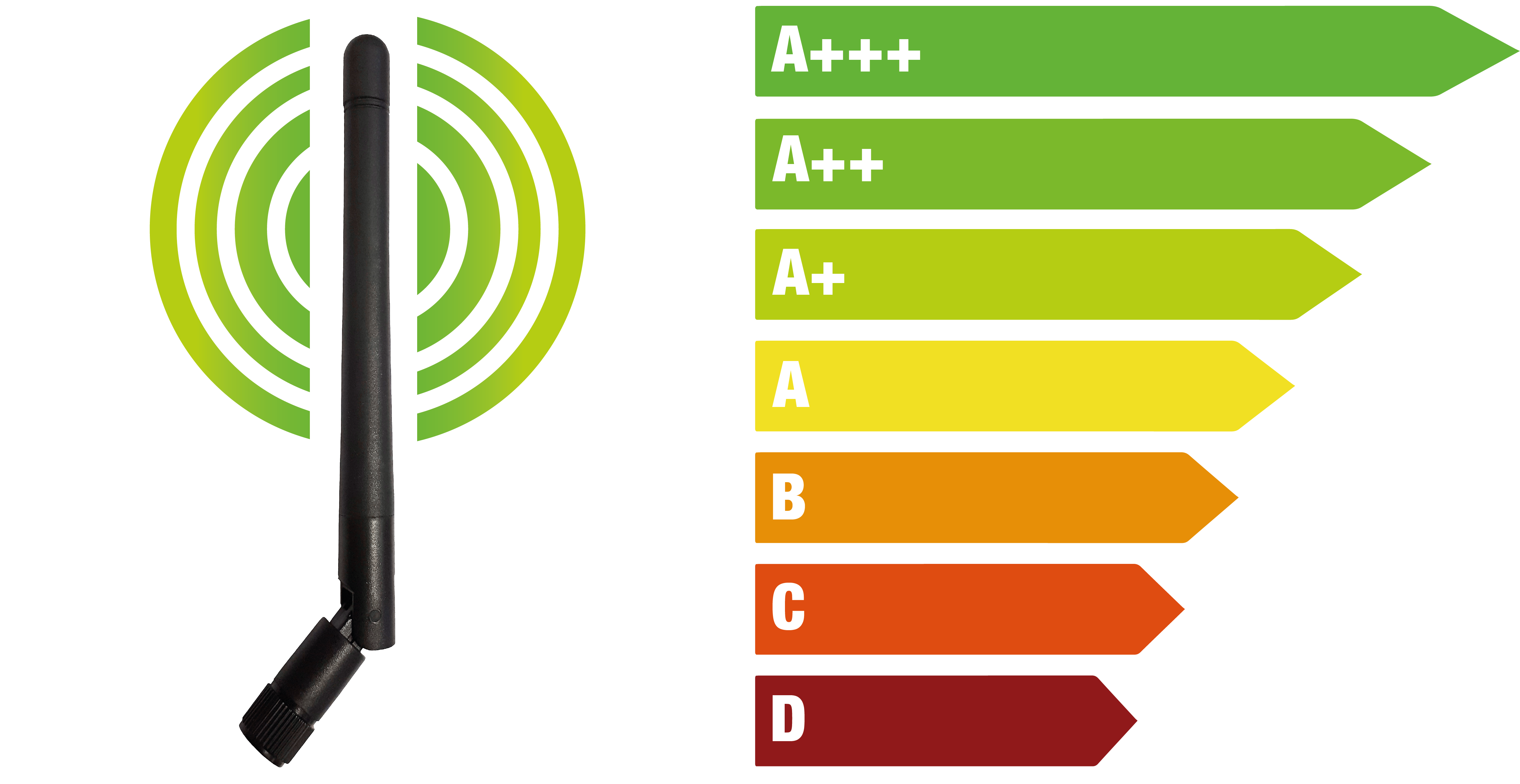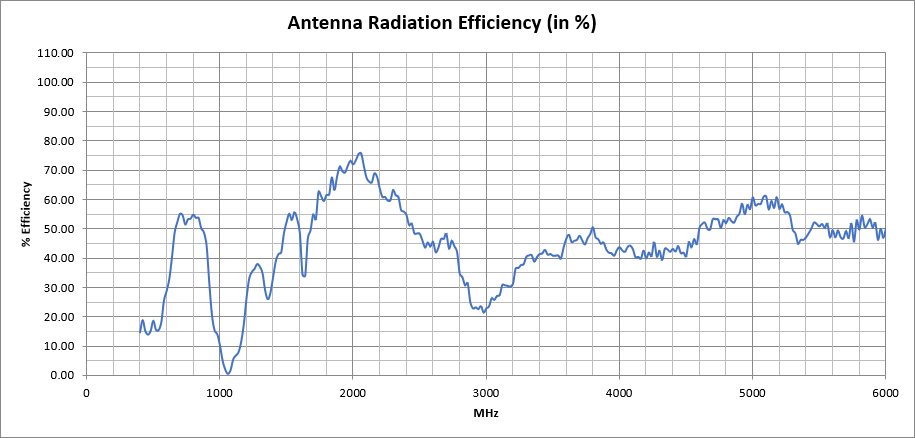
What is Radiation Efficiency?
Radiation efficiency is an important parameter for those making antenna selections, but what is it and why is it important?
What is it?
Radiation efficiency is the ratio of the total power radiated by the antenna to the net power accepted by the antenna at its connector. This measurement is independent of impedance matching or polarization mismatch.
Why is it important?
An antenna with high efficiency will radiate a high proportion of the electrical power applied to it, whereas an antenna with poor efficiency will radiate a relatively low proportion of the electrical power, instead converting some of the electrical power into other energy forms such as heat. This stark contrast will ultimately affect performance with a high efficiency antenna producing much better results than a low efficiency antenna.
 Since this is a ratio, the result will always be a number between 0 and 1 (since you can never output more than is put into the antenna). However, it is rare that the antenna radiation efficiency is presented in this way. Usually, it is presented as a percentage where a ratio of 0 = 0% and a ratio of 1 = 100% efficiency. Sometimes it may also be presented in decibels (dB) where an efficiency of 0.5 (50%) is -3 dB and an efficiency of 0.1 (10%) is -10 dB.
Since this is a ratio, the result will always be a number between 0 and 1 (since you can never output more than is put into the antenna). However, it is rare that the antenna radiation efficiency is presented in this way. Usually, it is presented as a percentage where a ratio of 0 = 0% and a ratio of 1 = 100% efficiency. Sometimes it may also be presented in decibels (dB) where an efficiency of 0.5 (50%) is -3 dB and an efficiency of 0.1 (10%) is -10 dB.
Siretta chooses to use percentage as the units of measurement of Antenna Radiation. Efficiency, as seen in the plot below which is taken from a test on one of our antennas.
Graph of Antenna Radiation Efficiency (%) vs. Frequency (MHz)


